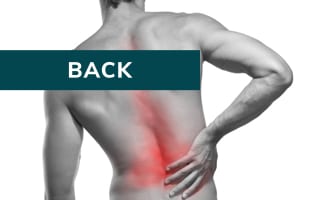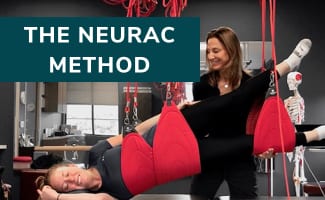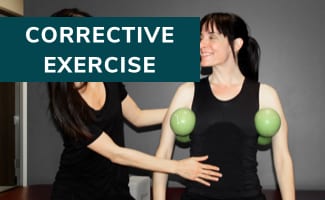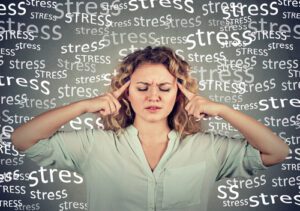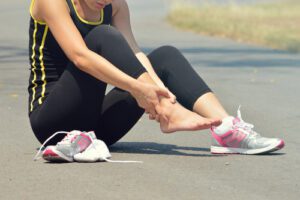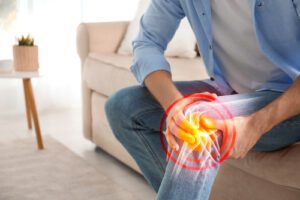On Thursdays, I hang up my physical therapist hat and head down to Lockhart where I volunteer with the Austin-based non-profit Truth Be Told facilitating a class at a women’s prison that uses movement and storytelling to foster self-discovery in preparation for life beyond bars. Through the process of this 8-week course, the women learn how to use movement and embodiment to process difficult emotions, gain insight about themselves, and perhaps even heal from past trauma.
As a physical therapist, I teach clients how to move more efficiently and to harness the power of movement to heal from physical pain. Most people know that exercise can boost your mood and decrease depression and anxiety by releasing endorphins. However, I wanted to share some other ways that movement has the potential to benefit your mental health as inspired by my experiences as a facilitator with Truth Be Told.
-
Movement as an act of creativity. In prison, after each woman tells their story of the events and choices that were made that led them to prison, they have 3 minutes to embody their stories though the practice of “Authentic Movement.” In these 3 minutes, I have witnessed moments of profound healing and catharsis that have been pivotal in helping these women on their healing journeys. Most of us solely use movement to help us manipulate and navigate the world. We stick with a few learned patterns that we rarely stray away from. However, the body is capable of so much more, and it craves variety. Using movement as a creative tool can get us out of our habitual patterns, while being an important tool for discovery and self-expression.
-
Movement as mindfulness. The benefits of meditation and mindfulness on reducing stress levels are now well-known to the scientific community. One of the tools we teach in prison is how to use mindfulness as an act of self-care through tuning into the smallest movements and sensations of the body. This can be as simple as noticing the rise and fall of your chest as you breath or listening to your heartbeat. If you prefer a more dynamic movement, try taking a slow, mindful walk noticing how different parts of your body move and feel as you propel yourself forward in space. Momentarily grounding yourself in your body can help to decrease anxiety and stress by helping you focus on your present experience rather than being stuck worrying about the past or future.
-
Movement to heighten awareness. The body holds secrets that the conscious mind may not be privy to. In a classic study first conducted at the University of Iowa involving a card game, it was found that the physiological responses of the research subjects could predict which of two decks of cards was “rigged” long before the subjects themselves knew. It took 80 cards before the subjects themselves could explain the difference between the two decks, while their sweat glands knew after only 10 cards. In prison, we start and end each class with a check-in, listening to impulses and sensations in our bodies in order to draw increased awareness to our current state. By learning to listen to and notice how your body is reacting to a situation, you can gain insight into yourself that can ultimately help you make better choices. It takes awareness to make a change.
Amplify Austin Day is today! Check out Truth Be Told’s Amplify Austin page at https://www.amplifyatx.org/organizations/truth-be-told and consider giving.
If you are interested in learning more about Truth Be Told and their mission to provide transformational programs through self-discovery for women who are or have been incarcerated, please visit http://www.truth-be-told.org/.
Disclaimer: The suggestions above are not intended to be a substitute for professional medical advice, diagnosis, or treatment. Always seek the advice of your physician or other qualified health provider with any questions you may have regarding a mental health or medical condition.






